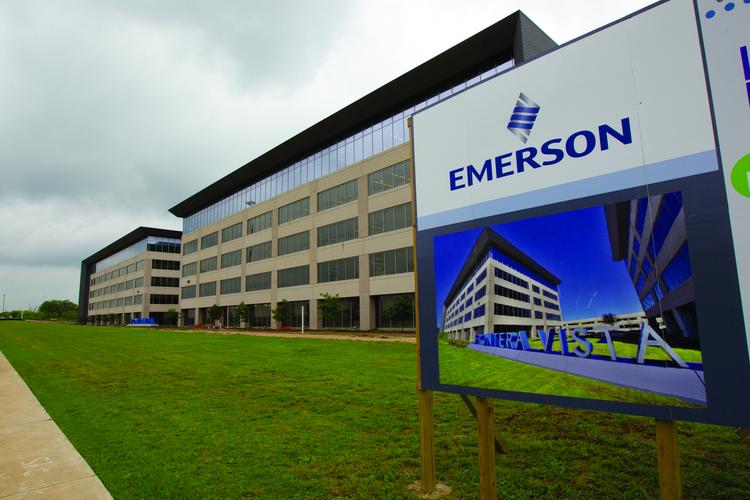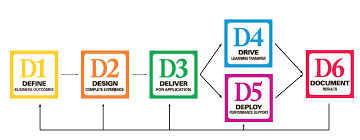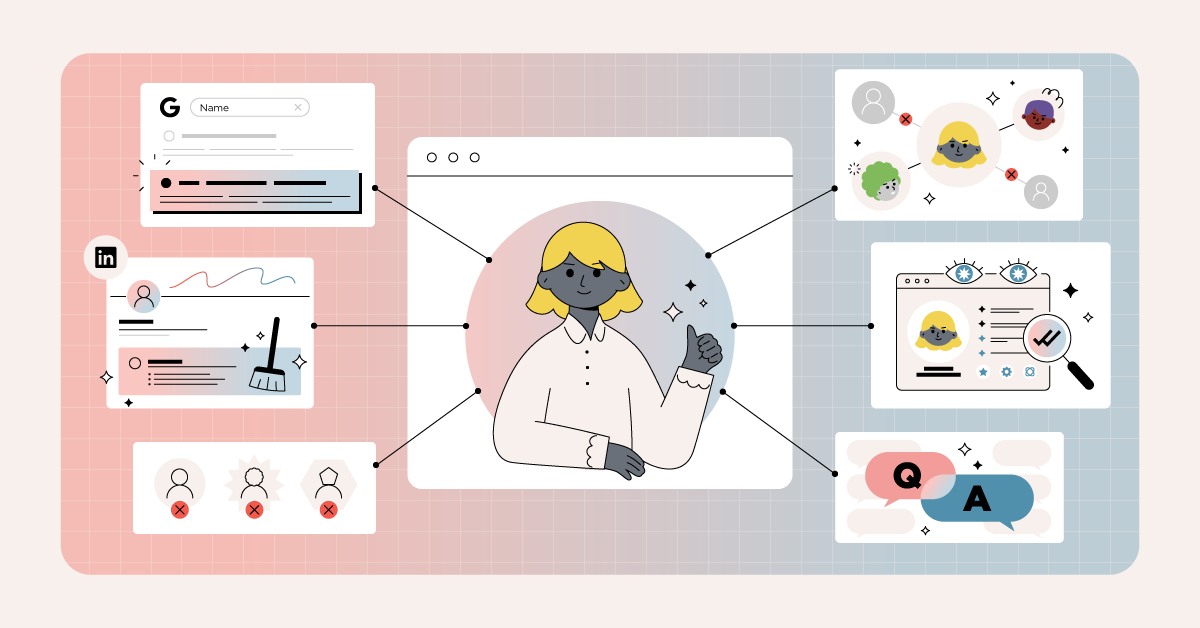
Emerson Electric is known for many things; 60 consecutive years of increased dividends, over 85% leadership promotion from within, and only having 3 CEOS over the past 63 years are only a few. One of its most recent accomplishments was implementing an advanced, but incredibly applicable training framework that drove business results.
Terrence Donahue, Director of Corporate Training and Development at Emerson, spoke at an ATD breakout session about the CFO collaborating with him and his training team to deliver learning outcomes that moved the needle for the business.
Donahue argued that too many businesses treat training as an isolated event instead of a operating system with integrated opportunities. Donahue built just that in his four short years at Emerson. Using a framework from the book The Six Disciplines of Breakthrough Learning, Emerson has become a excellent case study in leveraging the Six Disciplines framework.

The following are the steps he took to build out the framework.
Step 1: Defined the business outcome
Donahue worked with the executives at his company to identify the business outcomes, not the learning objectives, very specifically, Emerson lead a conversation with executives about the following two topics:
- Complete this sentence: Learning at our company will be a success when…
- Beyond the actual workshop, what else needs to be in place organizationally to ensure we achieve these business outcomes
The first response from the executives at Emerson was, “I don’t know.” Over the following 30 minutes, the execs and Donahue worked through the question to find the answers. In asking these questions, Donahue was able to validate his credibility and authority with the executives while identifying the true north for any of his work going forward.
Step 2: Design the complete experience
Donahue was able to think past the in-classroom training. He and his team gave consideration to the pre and follow-up work to ensure the training not only transferred knowledge, but drove favorable business results.
In advance of the training, Donahue was sure to build out the infrastructure for adequate preparation. In essence, he sent out a pre-workshop video message from the CFO, ensured the manager briefed the employee on the significance of the training, and supplied a pre-training workbook to learners asking them to set up expectations.
As Donahue’s team conducted the training, they wanted to redefine the finish line. Previously, a learner would show up to training, listen for 8 hours, then receive a certificate at the conclusion. Instead, in the last hour, Donahue played a recording from the CFO that fulfilled the following purpose:
- Discussed the value of the training experience and time investment to the business
- Discussed the value of the training experience and time investment for the individual learner
- Framed next steps
The video felt personal, heartfelt, and impactful, enabling each individual to set a vision of what their future would be after implementing the changes learned. Over the final hour of the training, learners built out a robust implementation plan and set milestones for check-ins.
After the class, learners had 12 weeks set to implement the learnings. They also discussed how the learning could be implemented with their team and manager. And expectations connected to real business milestones were set for individuals.
After the 12 week implementation period. Learners and facilitators came back together in what they call a “capstone conference call” to discuss learnings from their implementations as a means to solidify their key learning and drive accountability for their stewardship of business and individual improvement.
The best part? After executives saw the business impact, they returned to Donahue with additional resources (read: money) to create more training programs just like the one he built. They also brought Donahue to the table about future strategic initiatives and how to apply learnings to help the business achieve its goals.
Simple, elegant, and effective.
Step 3: Deliver application
Donahue influenced stakeholders along the journey and ensure that learners applied the new found knowledge. By applying the KISS strategy (Keep It Simple and Shareable (KISS), which is critical when delivering an application.
Donahue broke concepts down to simple forms and defied what he called “the myth of more.” Instead of providing more information, he simplified, focusing on one concept at a time through his application lens. This creates consumable bites of knowledge to learn and apply.
He made his learning material “shelf-proof” by simply starting 85% of his training statements with action-verbs and by using language in the second, active-voice as opposed to the third, passive-voice.
Flawless execution through stakeholder and arming the learners with information was critical.
Step 4: Drive the learning transfer
It was critical for Donahue to ensure the learning transfer not through the creation of goals that were essentially the equivalent of New Year’s resolutions, but instead by having facilitators and managers provide considerations in advance of the implementation plan that learners built in the final hour of their training sessions. Specifically, trainers asked their learners the following questions:
- What are some low effort high-impact things you can do?
- What are some early wins I can secure to build credibility for you and your team?
Supervisors helped to reinforce the learning transfer by speaking with the employee on the job about the learnings and how it could apply to their team or department within one week. Managers were provided with the tools and the processes to reinforce this behavior.
At the capstone conference call, participants reconvene to share implementation efforts and outcomes where they “feast on achievement.” This step moves the learning transfer from compliance to commitment. And commitment always wins the day.
Step 5: Deploy performance support
The framework would have been entirely unsuccessful if, over the course of 12 weeks, the learner was on his or her own. In additional to have support for their supervisor to try the new concepts, Donahue and his team built out end of module recap summaries in video format with multiple facilitators from Emerson all over the world. Learners also had the opportunity to download multiple job aids to move their learnings from theory to practice.
Step 6: Document the results
Donahue then debriefed the entire training process from beginning to end, focusing on the following four questions:
- Were the outcomes of the training relevant to programs purpose?
- Did we establish increased credibility with stakeholders?
- Were the outcomes compelling to key decision-makers?
- Was it efficient in its use of resources?
Donahue attributes his success to one fundamental principle: the cost of learning scrap. According to Donahue, about 85% of lessons are forgotten within a few weeks after training. Business managers saw this would have a double whammy effect: both hurting the business from a cost (lost productivity) and also leaving opportunities on the table in terms of leveling up the business. The guiding light for Donahue was to reduce learning scrap. And it worked.
All in, Donahue had a profound impact on the results of the business. This cumulated with the CFO walked into his office and telling him, “You moved the price tags on learning and development to deliver real value.”
Anytime a key decision maker says “you moved the needle,” you should feel confident that you have fulfilled your purpose and that you did your job.



